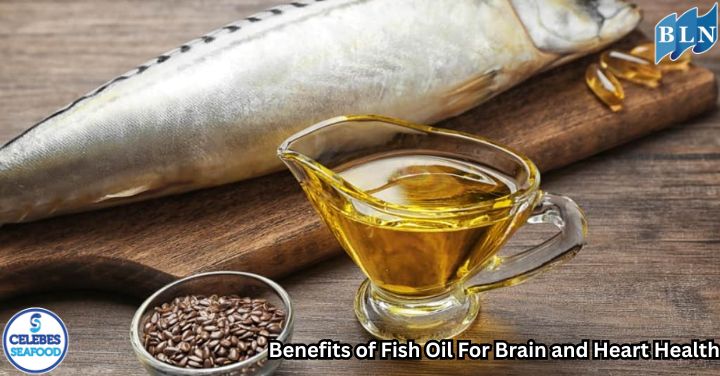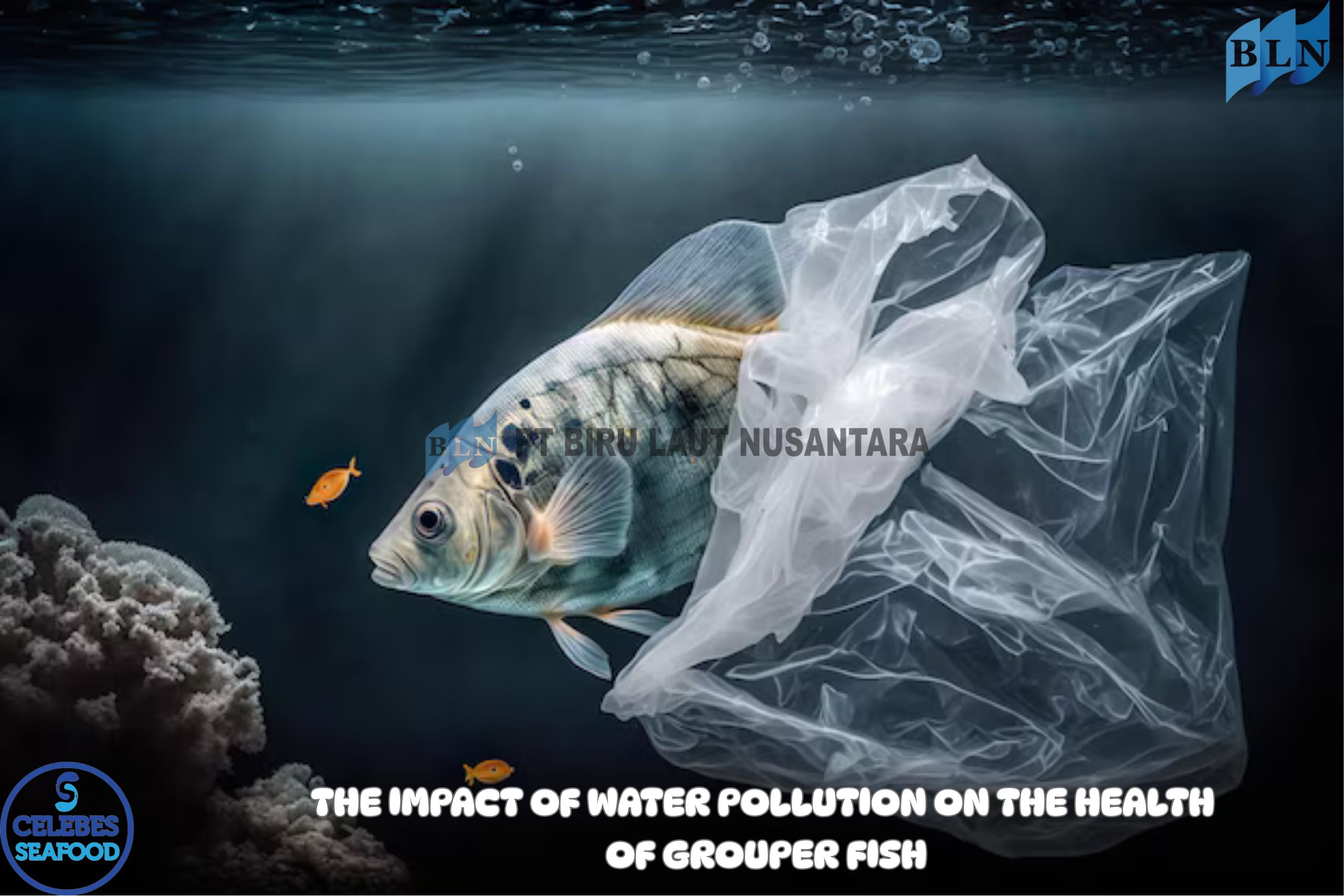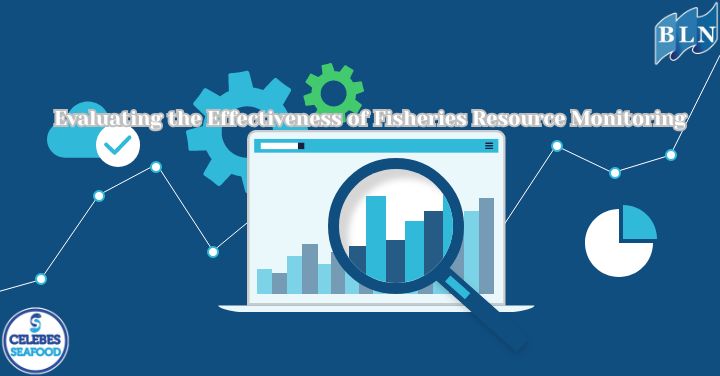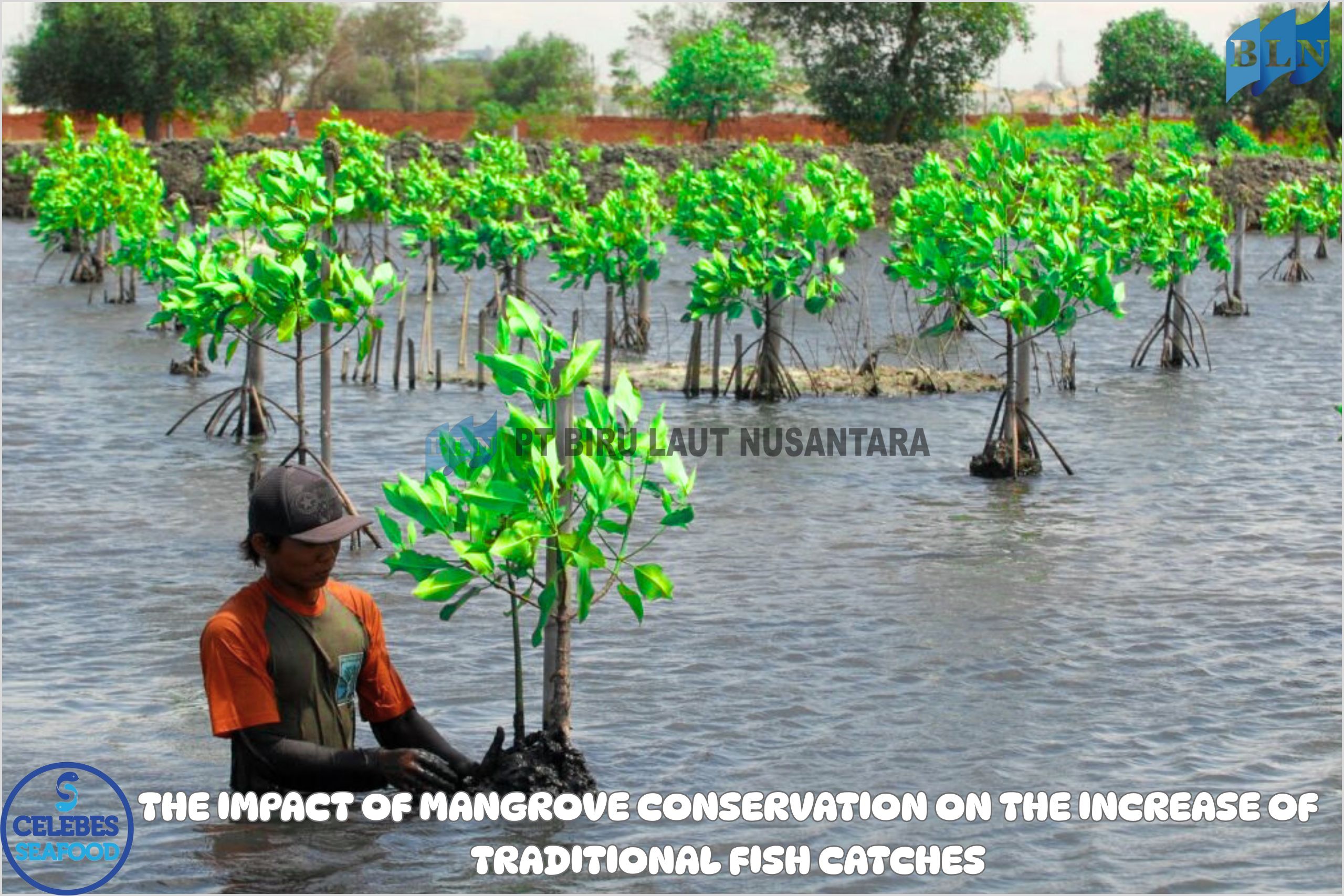Demersal Fish: Great Economic and Ecological Potential
By. Amma - 09 May 2025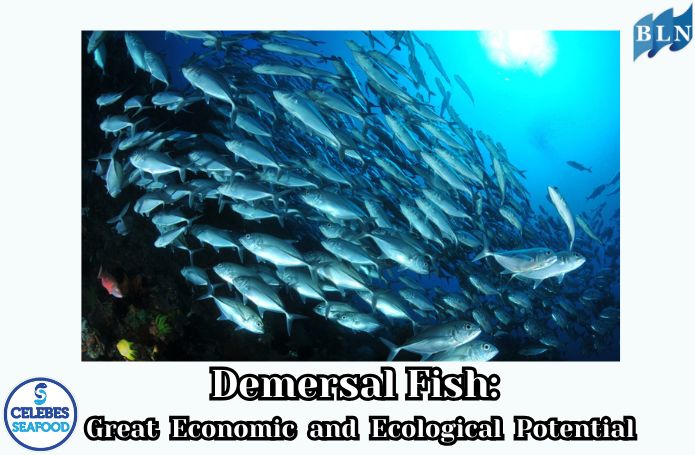
lautnusantara.com Demersal fish, also known as groundfish, are species that live and feed on or near the bottom of seas or lakes. They inhabit the demersal zone, which typically consists of substrates like mud, sand, gravel, or rocks. The term "demersal" comes from the Latin word "demergere," meaning "to sink."
1. Economic Potential
Demersal fish hold significant economic value worldwide. They are a primary target for both commercial and recreational fisheries, contributing substantially to local and global seafood markets.
- Commercial Fisheries: Many commercially important species are demersal, including cod, haddock, flounder, halibut, and various types of snapper and grouper. These fish are harvested using various methods such as trawling, longlines, and traps, supporting a large industry involving fishing vessels, processing plants, and distribution networks.
- Aquaculture: While not as widespread as for pelagic species, some demersal fish are also farmed, contributing to the aquaculture sector.
- Recreational Fisheries: Demersal fish are popular targets for recreational anglers, supporting local economies through tourism, charter boat operations, and the sale of fishing gear and supplies.
2. Ecological Potential
Ecologically, demersal fish play crucial roles in the benthic and benthopelagic ecosystems.
- Food Web Dynamics: As bottom feeders, many demersal fish prey on benthic invertebrates and smaller fish, influencing the structure and function of the food web. Some are also scavengers, consuming dead organic matter.
- Habitat Complexity: Certain demersal species contribute to habitat complexity. For instance, some create burrows or modify the seabed, providing shelter for other organisms. Additionally, demersal fish are often associated with vulnerable marine ecosystems (VMEs) like cold-water coral and sponge aggregations, which enhance biodiversity by providing refuge, nursery, and feeding grounds.
- Nutrient Cycling: Through their feeding and waste production, demersal fish contribute to the cycling of nutrients within the marine environment.
- Indicators of Ecosystem Health: Changes in demersal fish populations or community structure can serve as indicators of environmental stress, such as overfishing, habitat degradation, or climate change.
3. Examples of Demersal Fish Species
Here are some examples of demersal fish:
- Flatfish: Plaice, flounder, halibut, sole, turbot
- Cod and related species: Cod, haddock, pollock
- Groupers and Snappers: Various species within the families Serranidae and Lutjanidae
- Other commercially important species: Hake, monkfish, various rays and skates
In summary, demersal fish represent a valuable resource, providing significant economic benefits through fisheries and aquaculture. Ecologically, they are integral components of marine ecosystems, influencing food webs, habitat structure, and nutrient cycling. Sustainable management practices are crucial to ensure the long-term economic and ecological potential of these important species.
If you are interested in our product CORAL TROUT WGG WHOLE GILLED GUTTED, Coral Trout Fillet Skin On please do not hesitate to contact us through email and/or whatsapp.


